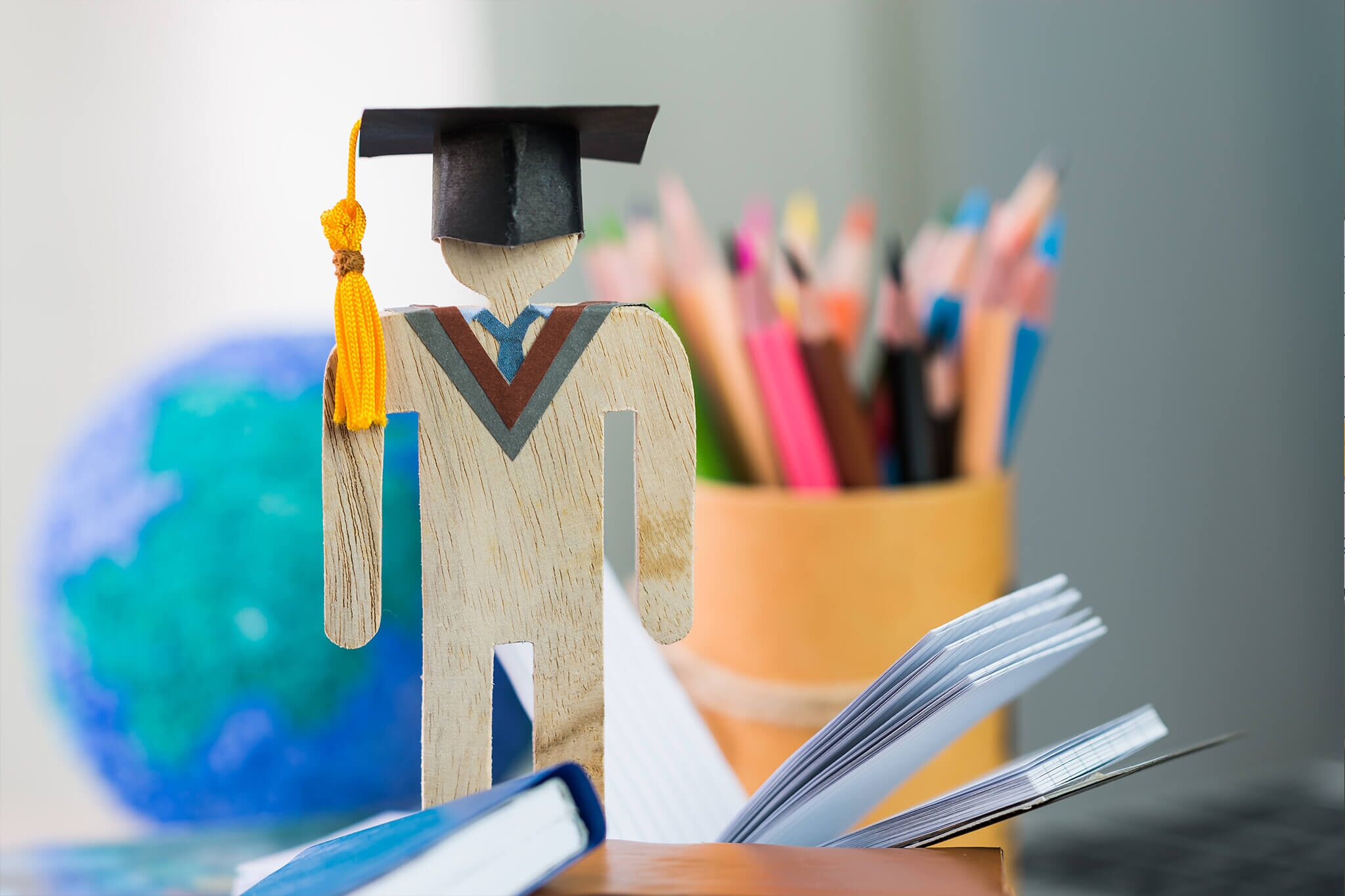if you're a teacher or educator, you know how important it is to engage and motivate your students in order to facilitate learning and promote academic success. Unfortunately, it's not always easy to keep students interested and involved, especially if they are struggling with the material or have personal or social issues that are affecting their ability to concentrate. If you have a student who is struggling to stay engaged and motivated, it can be challenging to find ways to help them become more interactive and involved in their learning. However, there are a few strategies you can try to help them overcome these challenges and become more engaged in class. In this article, we'll explore some of these strategies and provide tips and ideas for how you can make your student class more interactive and engaging for all students.
- Identify the underlying cause: It's important to try to understand the root cause of the student's lack of engagement. Are they struggling with the material? Do they have any personal or social issues that are affecting their ability to focus? Once you have a better understanding of the issue, you can tailor your approach to address the specific needs of the student.
- Personalize your instruction: Try to find ways to personalize your instruction and make the material more relevant to the student's interests and needs. This can help to increase their motivation and engagement.
- Use multimedia resources: Incorporating multimedia resources such as videos, images, and online tools can be a great way to engage students and make lessons more interactive.
- Encourage hands-on learning: Providing opportunities for hands-on learning, such as experiments or projects, can help students to better understand and retain the material.
- Use positive reinforcement: Praise and positive reinforcement can go a long way in increasing a student's motivation and engagement. Be sure to recognize and reward effort and progress, even if the student is not yet achieving their desired level of success.
- Provide support: Consider offering additional support to the student, such as tutoring or extra help outside of class. This can help to boost their confidence and encourage them to participate more in class.
In conclusion, making your student class more interactive is an important part of engaging and motivating learners. By encouraging participation, using multimedia resources, incorporating hands-on activities, using real-world examples, encouraging collaboration, and incorporating technology into your lessons, you can create a more dynamic and engaging learning environment for your students. It's also important to try to understand the underlying causes of a student's lack of engagement and to provide personalized instruction and support when needed. With patience, persistence, and a willingness to try different approaches, you can help even the most struggling student become more interactive and involved in their learning. By doing so, you can help to set them up for academic success and pave the way for a bright future.
We would love to hear from you about your experiences with making your student class more interactive. What strategies have you found to be effective? Do you have any tips or ideas to share with others? We encourage you to share your thoughts and experiences in the comments section below.









